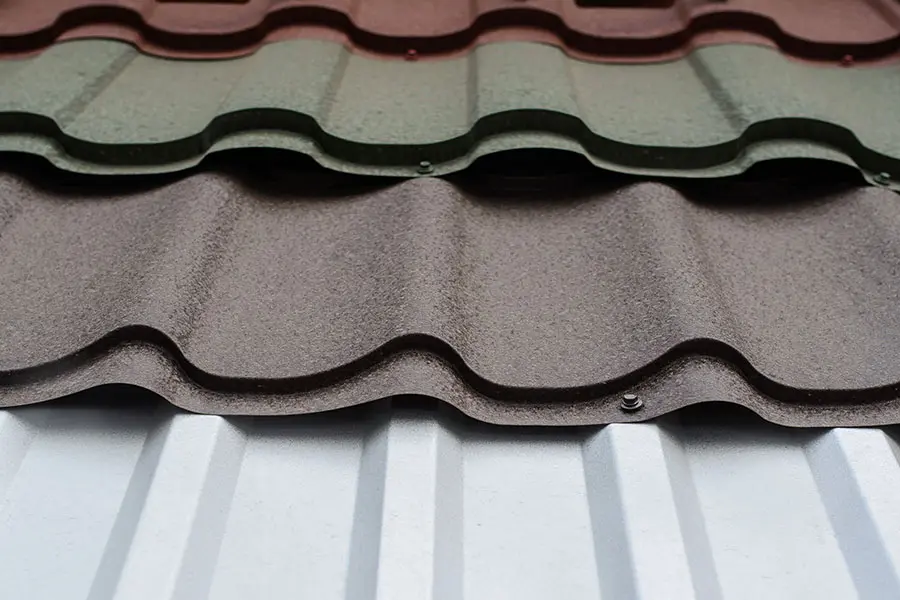Best Practices for Ensuring Correct Roof Covering Ventilation
Making certain proper roof covering ventilation is critical for the durability and effectiveness of a roof. A well balanced consumption and exhaust air vent proportion, frequently 1:300, plays an essential role, with consumption vents ideally put at the reduced edge of the roofing system for great air entrance and exhaust vents at the optimal for cozy air exit. Normal evaluations to determine clogs and preserve clear air flow are critical. Maintaining insulation away from vents is critical to prevent airflow constraint. Recognizing these foundational elements sets the stage for even more comprehensive insights right into setup and upkeep methods that can dramatically enhance your roof's efficiency.
Understand Air Flow Essentials
Appropriately comprehending air flow fundamentals is essential for making certain the longevity and performance of roof systems. Efficient air flow alleviates wetness build-up and temperature level extremes in the attic, both of which can bring about substantial architectural damage gradually. A well-ventilated roof covering helps in protecting against common issues such as mold development, wood rot, and ice dams, which can compromise the honesty of the roof covering materials and the underlying frameworks.
The primary objective of air flow is to assist in the activity of air, permitting a regular exchange between the outside and interior environments. This equilibrium is accomplished with a combination of consumption and exhaust vents that interact to preserve optimum air flow. Consumption vents, commonly situated along the soffits or eaves, allow fresh air to get in the attic room room, while exhaust vents, often situated at or near the roof ridge, allow hot, damp air to escape.
Secret aspects influencing the performance of roof covering ventilation include proper placement, adequate sizing, and ensuring that both intake and exhaust vents are unhampered. Normal examination and maintenance are vital to recognize potential blockages, damages, or inadequacies in the ventilation system, consequently guarding the roof's efficiency and resilience.
Kinds Of Roof Covering Vents
Roofing system vents play an important function in maintaining effective attic air flow and, by expansion, the total health of the roof. Various kinds of roofing vents are readily available, each with one-of-a-kind advantages customized to specific roof covering requirements. Ridge vents, for example, are mounted along the roofing's optimal, permitting warm, humid air to get away from the attic room. They supply continual air flow and mix seamlessly with the roofline, making them both efficient and visually pleasing.

Soffit vents are installed under the eaves and operate in tandem with roofing system vents to make sure a well balanced intake and exhaust system. By permitting cooler air to get in from below, soffit vents help with the expulsion of warm air through top vents. Gable vents, situated on the outside wall surfaces of the attic room, offer another efficient remedy, especially in homes with saddleback roofs.
Assess Your Existing Air Flow

Following, think about the age and problem of your roof covering products and ventilation components. Older systems might not abide with current building ordinance or may have weakened in time, lowering their efficiency. Conduct a thorough examination to determine any indicators of wear and tear, such as corrosion, visit our website damages, or gaps that might endanger the system's performance.
In addition, measure the attic temperature level and humidity levels. High temperatures and humidity can show poor air flow.
Installment Best Practices
Reliable installment of roof covering air flow systems is extremely important for guaranteeing optimum efficiency and longevity. Proper setup starts with recognizing the details air flow requirements of the roofing system and the structure it covers. This entails determining the proper ratio of consumption to exhaust vents, commonly adhering to the 1:300 rule, which states one square foot of air flow for each 300 square feet of attic floor room.

The placement of vents is just as crucial. Intake vents should be installed at the roof covering's lower side, typically in the soffits, to allow trendy air to go into. Exhaust vents, on the other hand, should be set up near or at the roof's height to promote the departure of warm, wet air. This creates an all-natural air movement that helps keep temperature level and moisture balance within the attic room space.
Seal all air vent links meticulously to stop air leaks and potential water infiltration. Use high-grade products and comply with manufacturer guidelines to make certain sturdiness and performance. Furthermore, incorporating ridge vents with baffles can dramatically improve airflow efficiency by stopping wind-driven rainfall and snow from going into the attic room.
Inevitably, exact installation of roofing ventilation systems minimizes prospective concerns such as mold growth, ice dams, and architectural damages, ensuring the roof's integrity and the structure's total health and wellness.
Normal Upkeep Tips
Uniformity in maintenance techniques is fundamental to guaranteeing the long-lasting performance of roofing air flow systems. Throughout these examinations, ensure that vents are free of particles, nests, and other blockages that can hamper air flow.
Cleansing the vents is an additional vital job. Make use of a soft brush or a vacuum to get rid of dust and particles from intake and exhaust vents. Beware not to damage the air vent displays or louvers throughout the process. Furthermore, evaluate the attic room area for any indications of water damage, which can jeopardize why not check here the honesty of the roof covering system.
Correct insulation is similarly vital. Ensure that attic room insulation does not block the vents, as this can seriously restrict airflow. If any type of insulation has actually moved or cleared up, reposition or replace it to maintain an efficient obstacle.
Lastly, replace any harmed or missing out on elements quickly. Broken vents, broken tiles, or worn-out blinking can all contribute to insufficient ventilation and needs to be dealt with immediately. Regular upkeep ensures that the roof covering ventilation system functions efficiently, thus prolonging the lifespan of the roofing system itself.
Final Thought
Ensuring proper roof covering ventilation is paramount for preserving the efficiency and durability of a roof system. Adherence to the 1:300 intake and exhaust vent ratio, coupled with the strategic positioning of vents, is crucial.
A well balanced consumption and exhaust vent proportion, typically 1:300, plays an essential duty, with intake vents ideally positioned at the reduced side of the roofing system for awesome air access and exhaust vents at the top for warm air exit. Consumption vents, typically situated along the eaves or soffits, allow fresh air to enter the attic room space, while exhaust vents, typically situated at or near the roofing ridge, allow hot, humid air to run away.
Soffit vents are set up under the eaves and work in tandem with roofing vents to make sure a well balanced consumption and exhaust system. By allowing cooler air to go into from below, soffit vents promote the expulsion of warm air via top vents. Adherence to the 1:300 intake and exhaust vent proportion, paired with the strategic placement visit site of vents, is crucial.
Comments on “A Comprehensive Look at Roofing Companies Gainesville Homeowners Recommend”